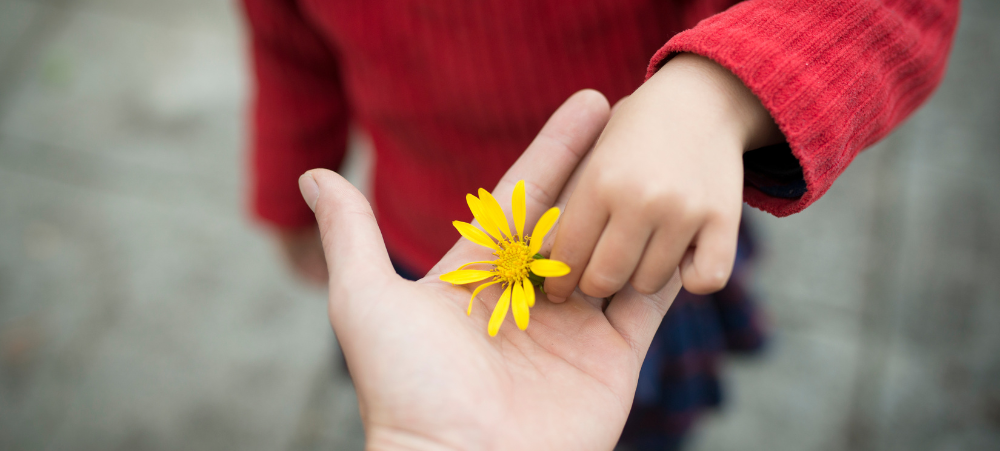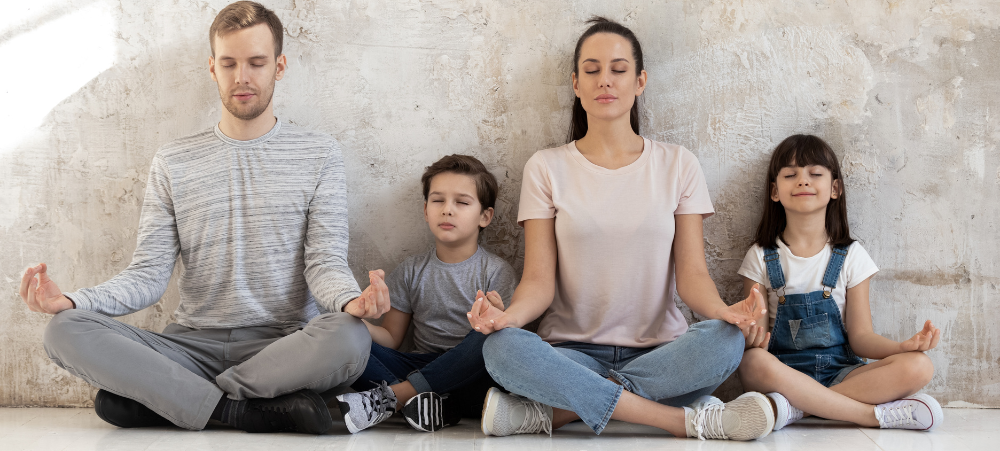In the age of perfectly curated Instagram grids and TikTok glow-ups, it’s easy for kids—and adults—to fall into the trap of toxic comparison. What starts as casual scrolling can quickly spiral into self-doubt, jealousy, and anxiety. And for children and teens whose sense of identity is still forming, the effects of social media comparison can be especially damaging.
So how can parents help children (and themselves) spot toxic comparison and build healthier digital habits?
What Is Toxic Comparison?
Toxic comparison happens when someone repeatedly measures their own life, appearance, or achievements against someone else’s online highlight reel—and comes up feeling less-than. This can lead to:
- Lower self-esteem
- Poor body image
- Increased anxiety and depression
- Feelings of isolation and inadequacy
According to a 2022 report by Common Sense Media, over 1 in 3 teens say they feel “worse about themselves” after using social media—especially when consuming content related to appearance or popularity. [Source: Common Sense Media, Teens and Mental Health]
Signs Your Child Might Be Struggling with Toxic Comparison
- They seem unusually down after time online
- They fixate on appearance or material things
- They constantly seek validation through likes, comments, or selfies
- They express jealousy or resentment about others’ lives
- They withdraw from real-life social interactions
How to Help Kids Spot and Stop Toxic Comparison
1. Talk Openly About the “Highlight Reel”
Remind kids that what they see on social media is often edited, filtered, and only the best moments. No one shares their bad days, struggles, or insecurities regularly.
2. Encourage a Strong Sense of Self
Celebrate your child’s strengths, values, and individuality. Help them understand that their worth isn’t tied to likes, followers, or how they compare to others.
3. Model Healthy Online Habits
Children mirror what they see. Be mindful of how you talk about yourself, others, and what you see online. Avoid negative self-talk and model digital boundaries.
4. Curate Their Feed Together
Help your child unfollow accounts that make them feel insecure or inadequate and follow ones that inspire, educate, or uplift. Encourage a feed that reflects real people and diverse body types, interests, and achievements.
5. Encourage Offline Joy
Make sure social media doesn’t become the primary source of entertainment or validation. Support hobbies, real-world friendships, and creative outlets that build confidence.
6. Create Tech-Free Zones and Times
Establish family times without devices—like meals, car rides, or 30 minutes before bed—to give kids (and you!) a break from the scroll.
7. Know When to Intervene
If comparison is leading to persistent sadness, anxiety, or changes in behaviour, it might be time to talk with a school counsellor or mental health professional.
Final Thought
Social media isn’t inherently bad, but unchecked comparison can be. Teaching children how to navigate their digital world with awareness and confidence is one of the greatest tools we can give them. It’s not about cutting them off—it’s about helping them understand what’s real, what’s not, and what truly matters.
Great Resources:
- Common Sense Media – Reviews and guides for safe, healthy tech use: https://www.commonsensemedia.org
- Dove Self-Esteem Project – Resources for building body confidence: https://www.dove.com/selfesteem
- Psychology Today – Articles on social media and mental health: https://www.psychologytoday.com
We understand that there are many aspects that encompass a Mother, Father or Child and strive toward providing resources and services that accommodates this.
Our content is aimed to inform and educate families on issues starting from pregnancy through to the challenges of the teen-age years.
- Tips for Breastfeeding in Public: Confidence and Comfort - November 20, 2025
- Eskort launches Kiddos: South Africa’s first pork range made just for kids - November 13, 2025
- Putting the Power of Learning in Learners’ Hands During Global Education Week - November 12, 2025





